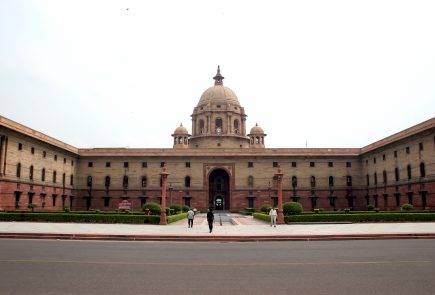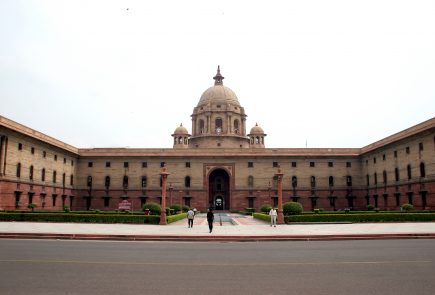You May Soon Be Able To Legally Fly A Drone In India
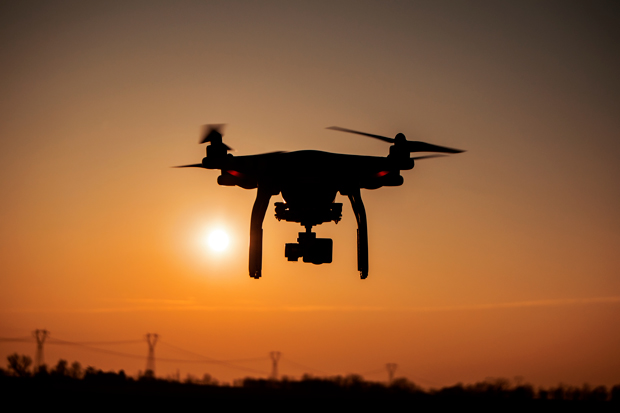
Unmanned Aerial Systems, or commonly known as Drones, have been around for a long time now. A lot of countries have tight regulations around the usage of drones but, getting access to drones and permissions to use it are easily available in such countries. In India, selling and purchasing drones is restricted.
Although it is used by the Army, getting permissions if you are a civilian are cumbersome and if you get permissions, it comes with a set of rigid regulations. However, it appears that the Indian government has identified the advantages of drone usage if conducted with fair and safe regulations. The Civil Aviation Minister P. Ashok Gajapathi Raju presented the first draft of regulations for drone usage in India and also announced that the final regulations will be presented on the 31st of December. This means that flying drones in India could be legal in 2018.
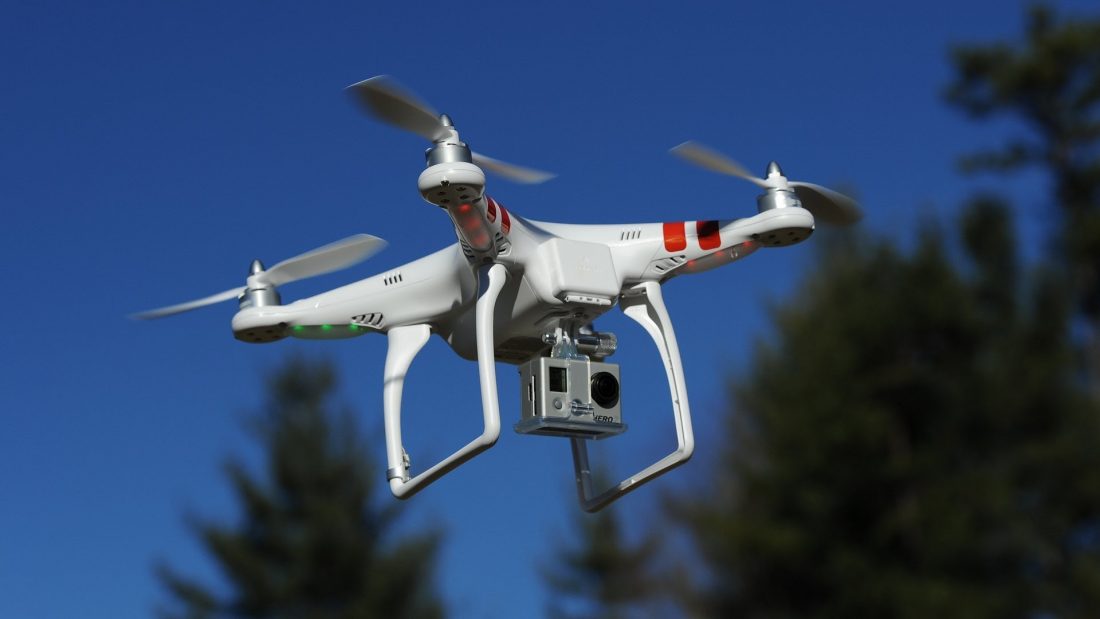
Civil Aviation SecretaryR N Choubey said, “We are making rules that are very user friendly.” At the press briefing on the regulations, Aviation Minister P. Ashok Gajapathi Raju said the drone industry could help India’s development in several sectors such as agriculture and oil and gas. He also added that the government intends to make India the world’s leader in the use of drones. He also expressed hope that the draft norms would encourage genuine and “discourage nefarious activities”.

The draft regulations firstly identifies the type of drones that exist and then categorises it in terms of the weight of the drones. Depending on the size and weight of the drone a person intends to fly, they will have to accordingly get the permissions and the time taken to to get such permissions will also vary. Here are the key points from the draft regulation for usage of drones in India:
- There are five types of drones – nano, micro, mini, small and large.
- The weight of these drones range anything from 250 grams to 150 kilograms.
- Drones that weight under 250 grams do not need any security clearance
- Micro category (250 grams to 2 kilograms) will get approvals in 2 days.
- Most of the commercial drones will come in the ‘Micro’ category
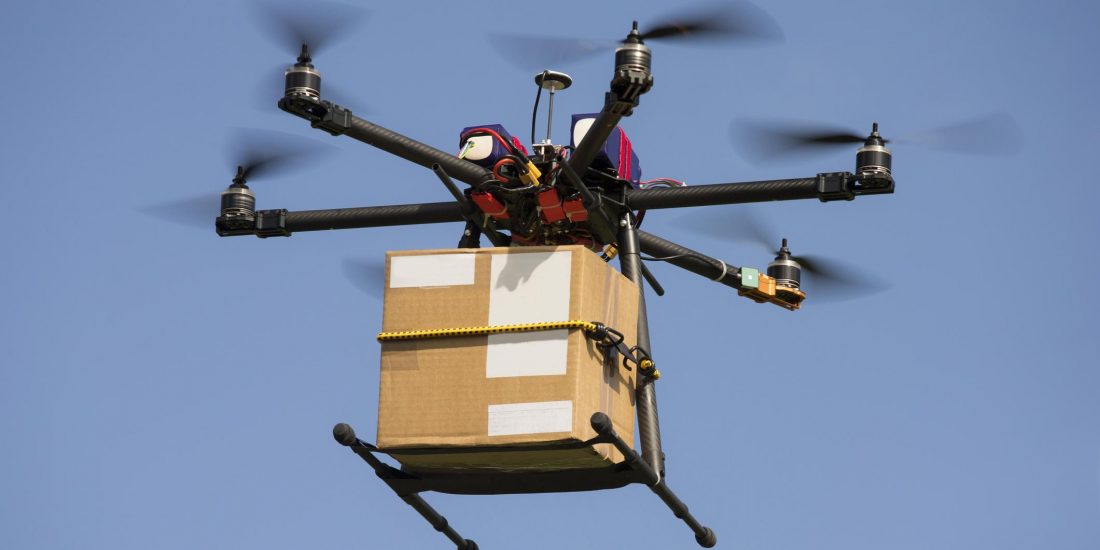
- Whenever someone has to operate a drone, they will need a different approval. Apart from nano drones, all other categories will need an air defence clearance so that aviation as well as security authorities are aware of the flight path.
- Drones can be used for photography, medical uses, ad film making and so on. E-commerce companies should be able to use drones as well.
- Air rickshaws and passenger drones can also be considered in this policy.
- Drones that weigh under 2 kilograms and operating under 200ft above ground, once registered, can be flown without a nod.
- There will be no-drone zones such as above operational aerodromes and within 5 km of Vijay Chowk in Delhi, within 500 metres from strategic locations, from mobile platforms such as car, ship or air craft, over eco-sensitive zones like national parks and wildlife sanctuaries (unless approved by Environment Ministry).
As announced, the final regulatory framework can be expected by the 31st of December. The policy-making process will not just include inputs from government officials but, also the stakeholders. Drone makers, companies that will primarily use drones and other stakeholders will be invites for inputs and at the end of it, a final framework for the usage of drones will be announced.

















